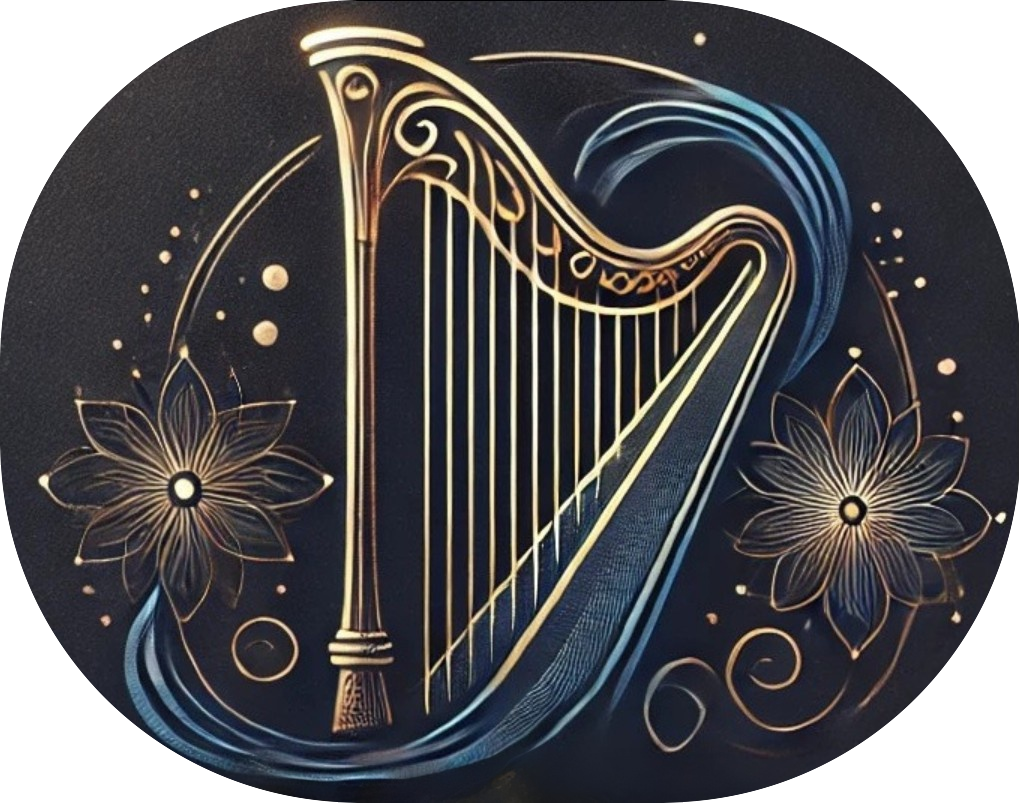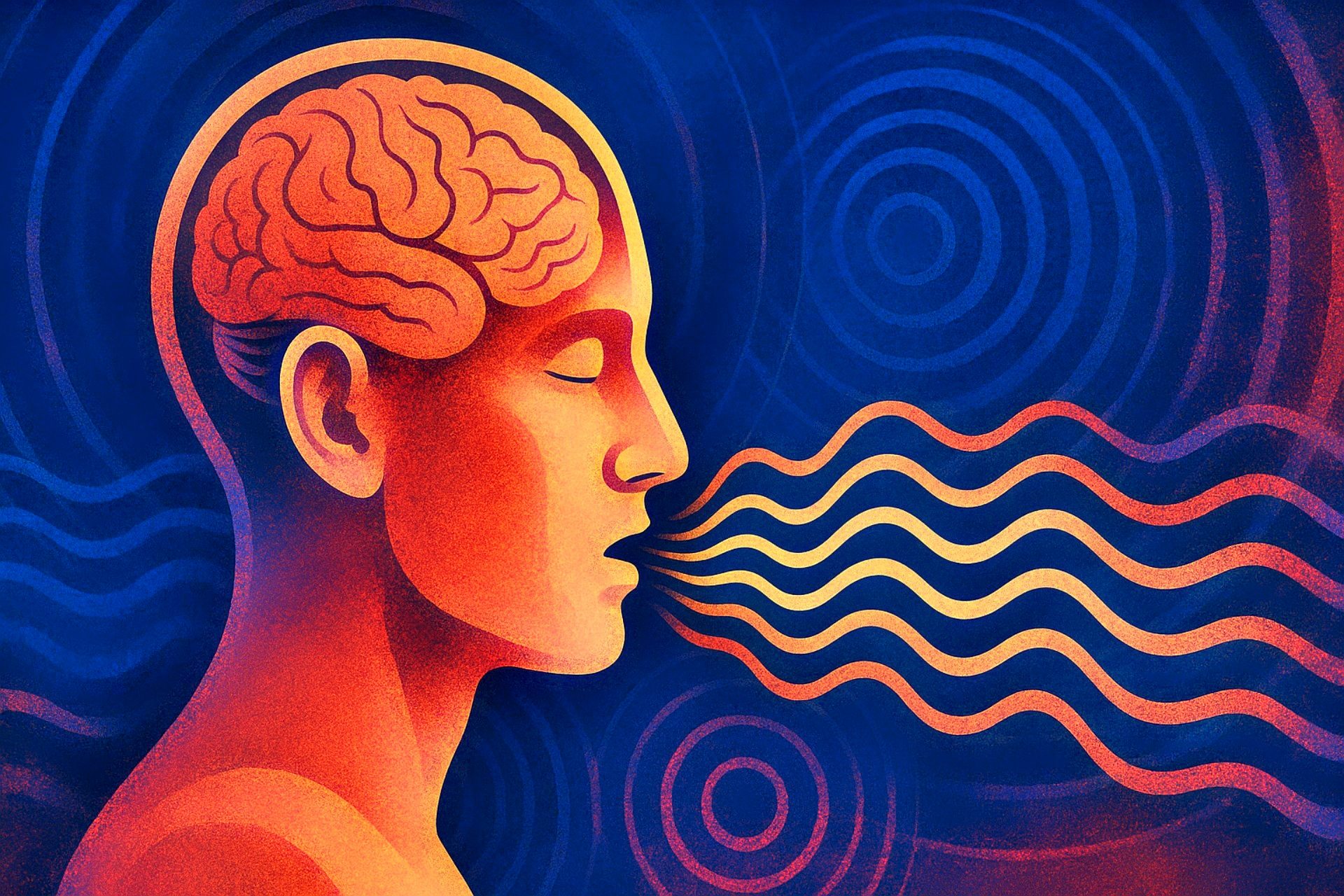I was reading this article, and it prompted me to think about my book, Good Vibrations: The Primordial Sounds of Existence.
The study, published on PsyPost, revealed something both simple and profound: rhythmic sound doesn’t just passively flow through our ears—it actively reshapes the brain’s entire network landscape. A steady beat of just 2.4 hertz—two taps per second—was enough to reorganize the brain’s rhythms, shift their geography, and couple slow pulses with lightning-fast gamma bursts. The researchers observed in real-time that the mind doesn’t merely register sound; it is shaped by it.
“If you want to find the secrets of the universe, think in terms of energy, frequency, and vibration.” — Nikola Tesla
A Beat That Rewrites the Brain
Neuroscientists watched as simple tones re-tuned the brain. Alpha rhythms accelerated, sensory networks reorganized, and slow pulses started influencing high-frequency gamma activity. In just seconds, the brain reorganized itself to resonate with the external beat. Rhythm doesn’t just entertain—it transforms.
A Living Resonance Chamber
But the brain is not the whole story. The entire body is a resonance chamber. Your bones, chest cavity, and even the fluids of your spine vibrate with sound. The brain acts like a radio receiver, but the signal flows through the nervous system into the body’s tissues, making every cell part of the song. When you chant OM or HU, you don’t just hear it—you become it.
The Nervous System as Receiver and Transmitter
Think of the nervous system as both an antenna and an amplifier. It picks up rhythm and vibration, but it also transmits them back out—through breath, tone, movement, and presence. Chanting doesn’t just influence neurons; it entrains the entire human instrument, synchronizing breath, pulse, and awareness.
Ancient Chants, Modern Science
Traditions across cultures have long used sound as a doorway into presence. Chants were never just performances—they were technologies of consciousness. What neuroscience now reveals in brain scans, mystics discovered in caves, temples, and forests: sound is formative. It doesn’t decorate reality—it sculpts it.
“The knower of the mystery of sound knows the mystery of the whole universe.” — Hazrat Inayat Khan
An Invitation to Explore Good Vibrations

That’s why I wrote Good Vibrations. It’s not simply a book about sound—it’s an invitation to experience yourself as vibration, to feel the whole body as a resonance chamber, and to realize that chanting isn’t about belief but transformation.
John Harper is a Diamond Approach® teacher, Enneagram guide, and a student of human development whose work bridges psychology, spirituality, and deep experiential inquiry. He is the author of The Enneagram World of the Child: Nurturing Resilience and Self-Compassion in Early Life and Good Vibrations: Primordial Sounds of Existence, available on Amazon.

